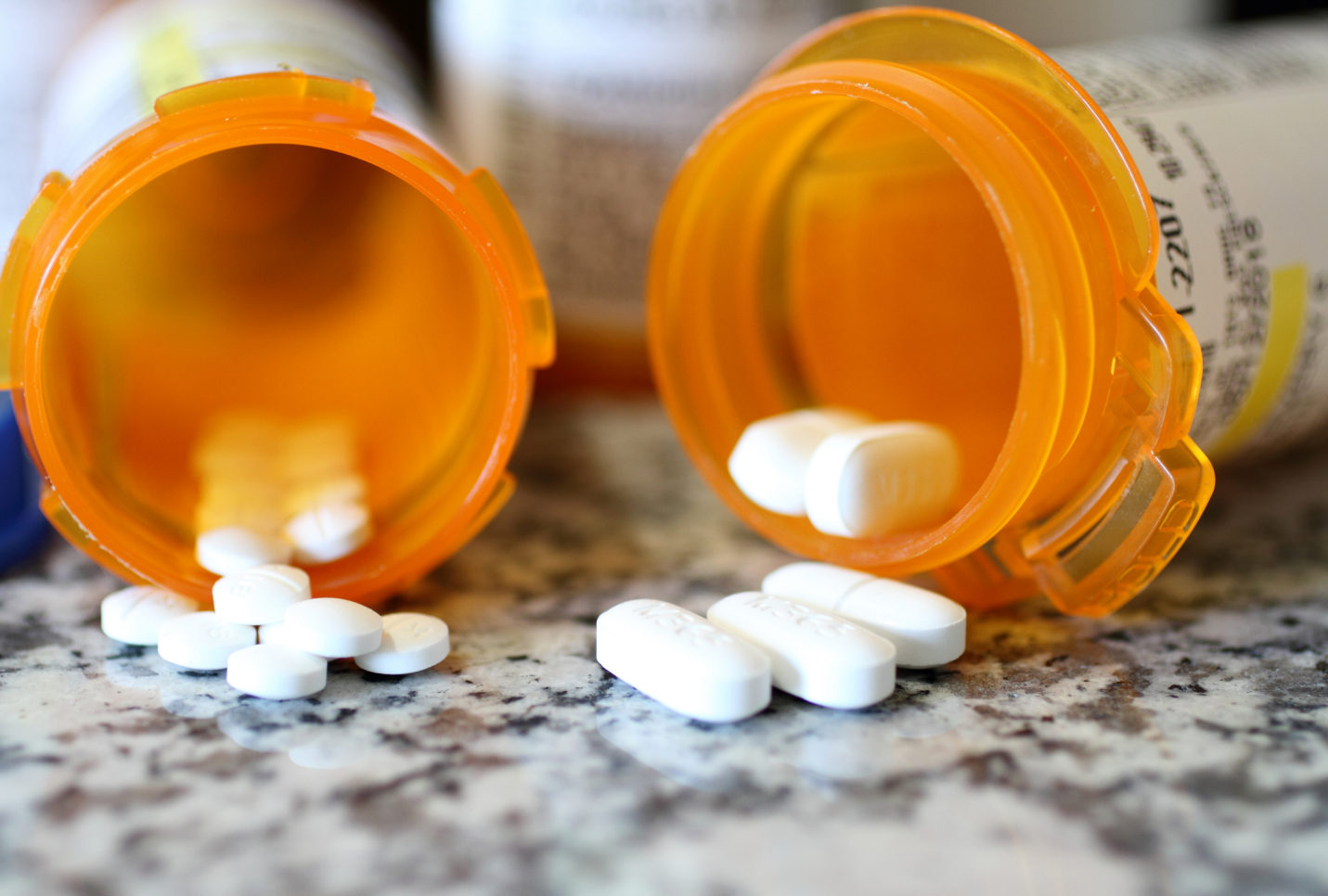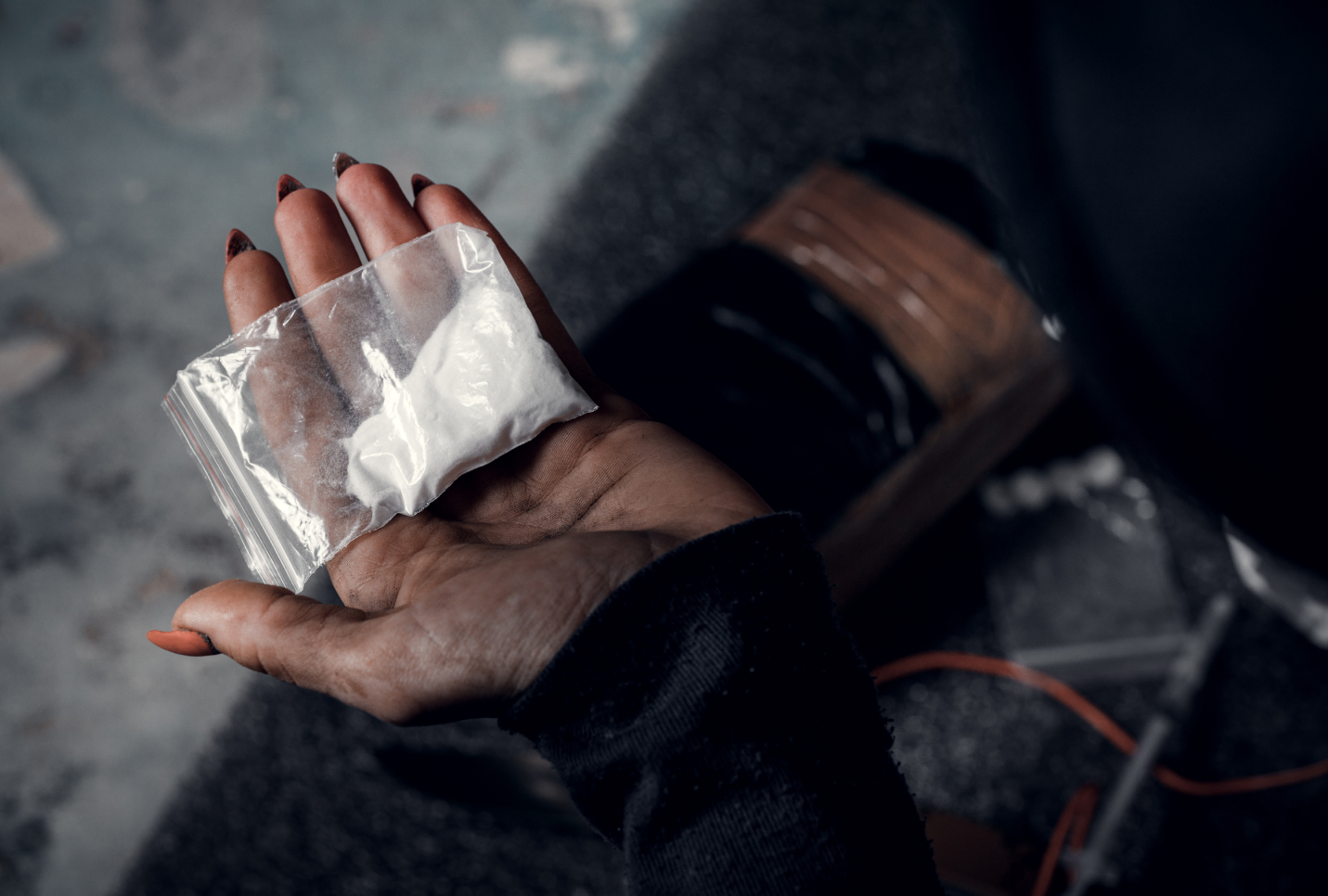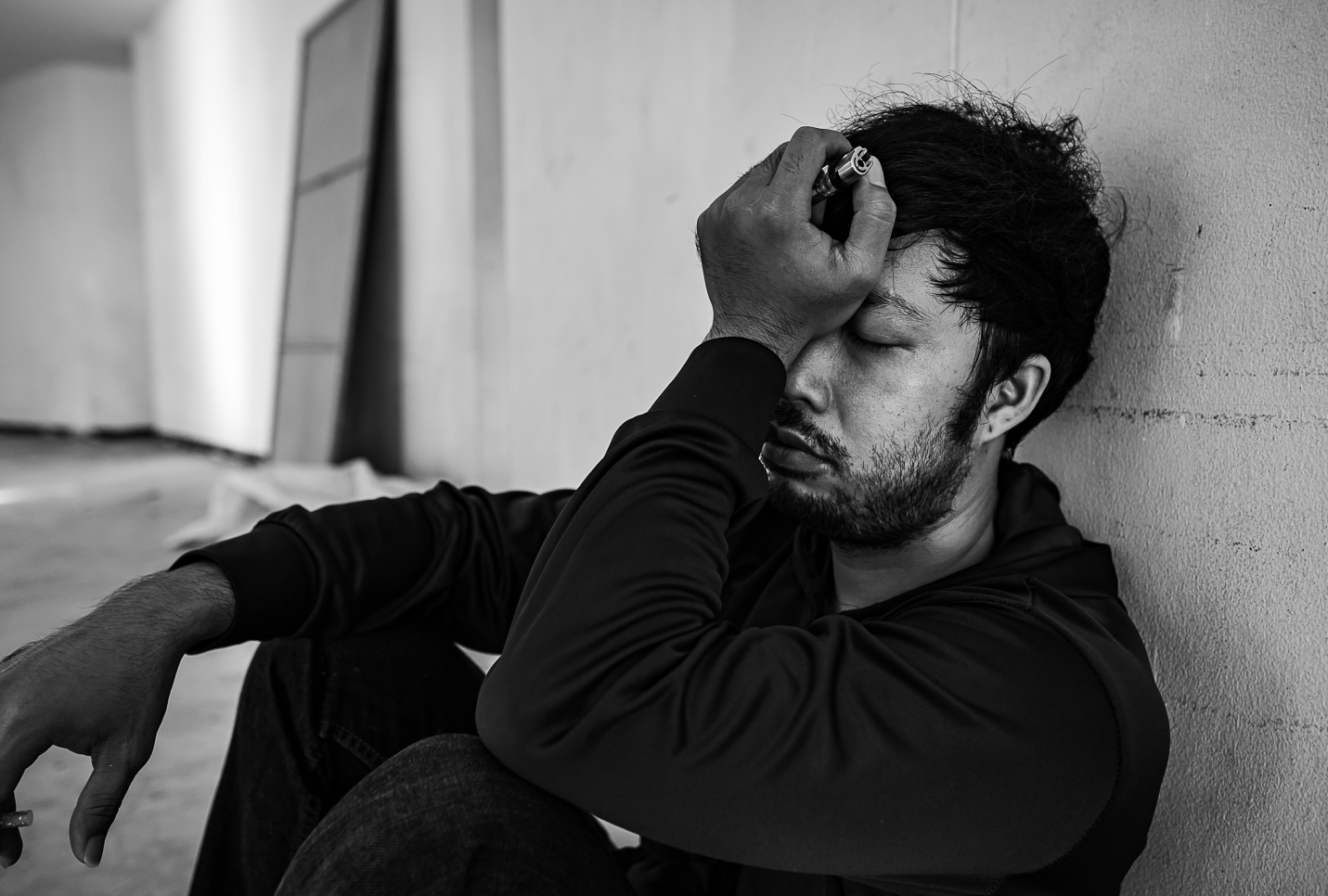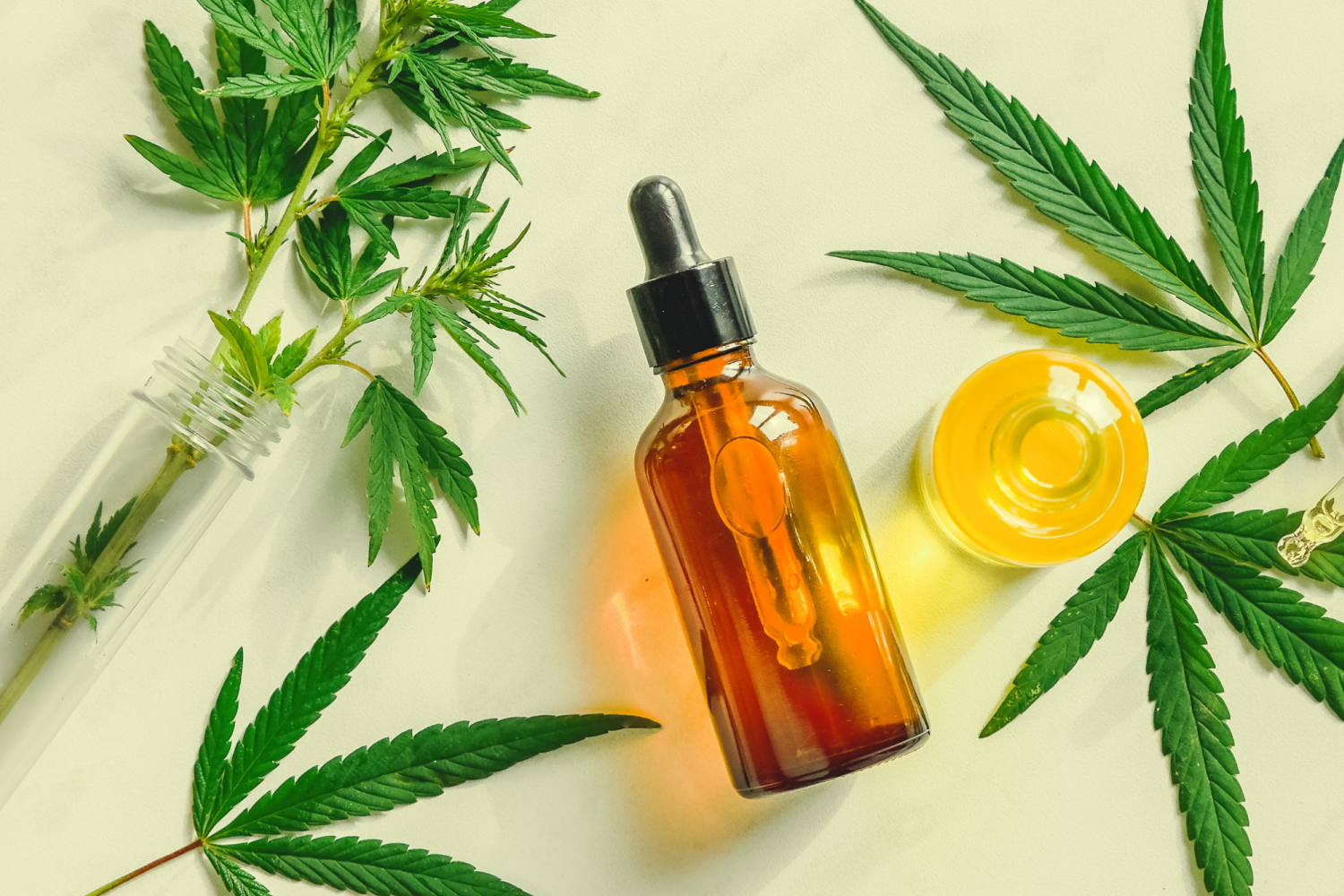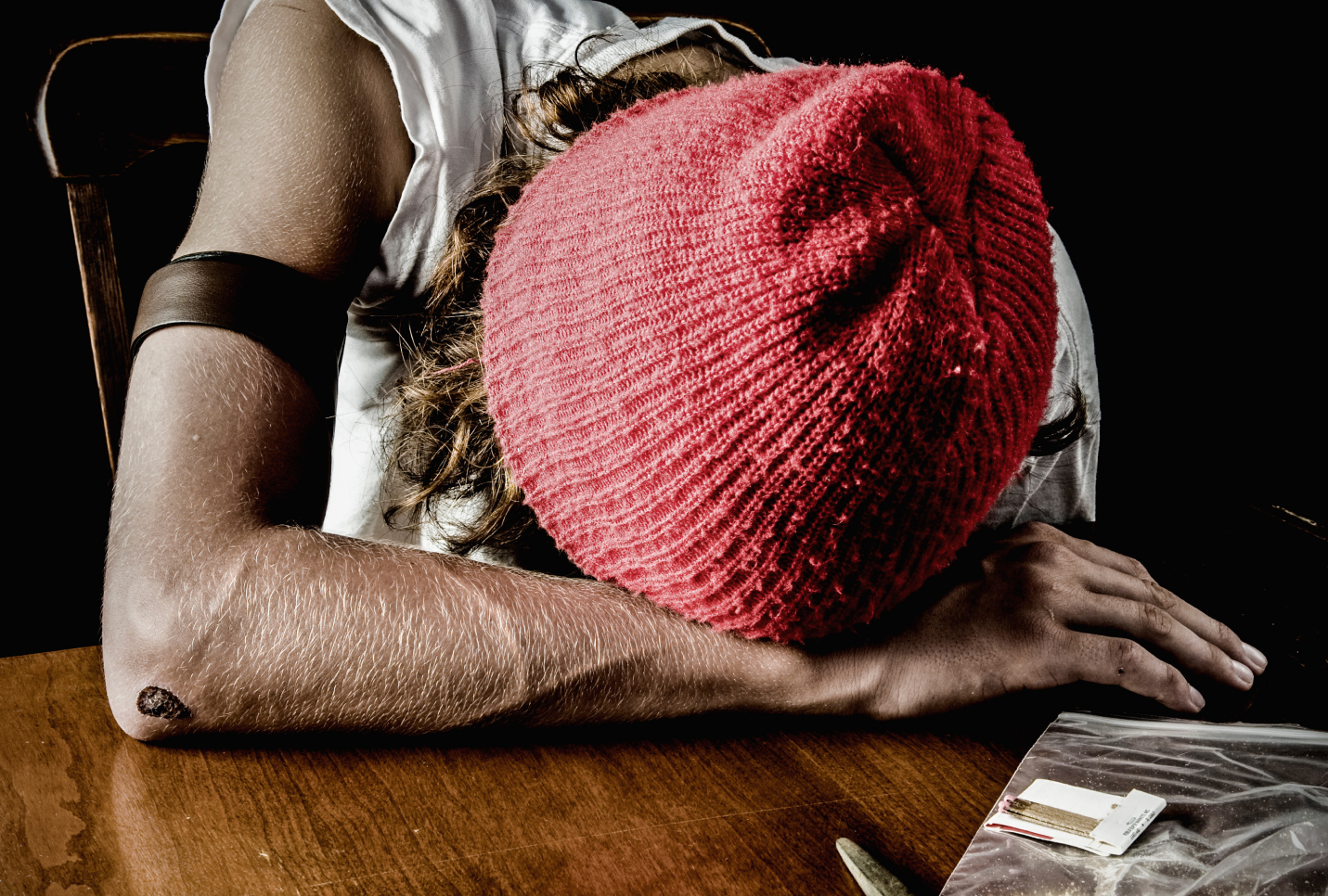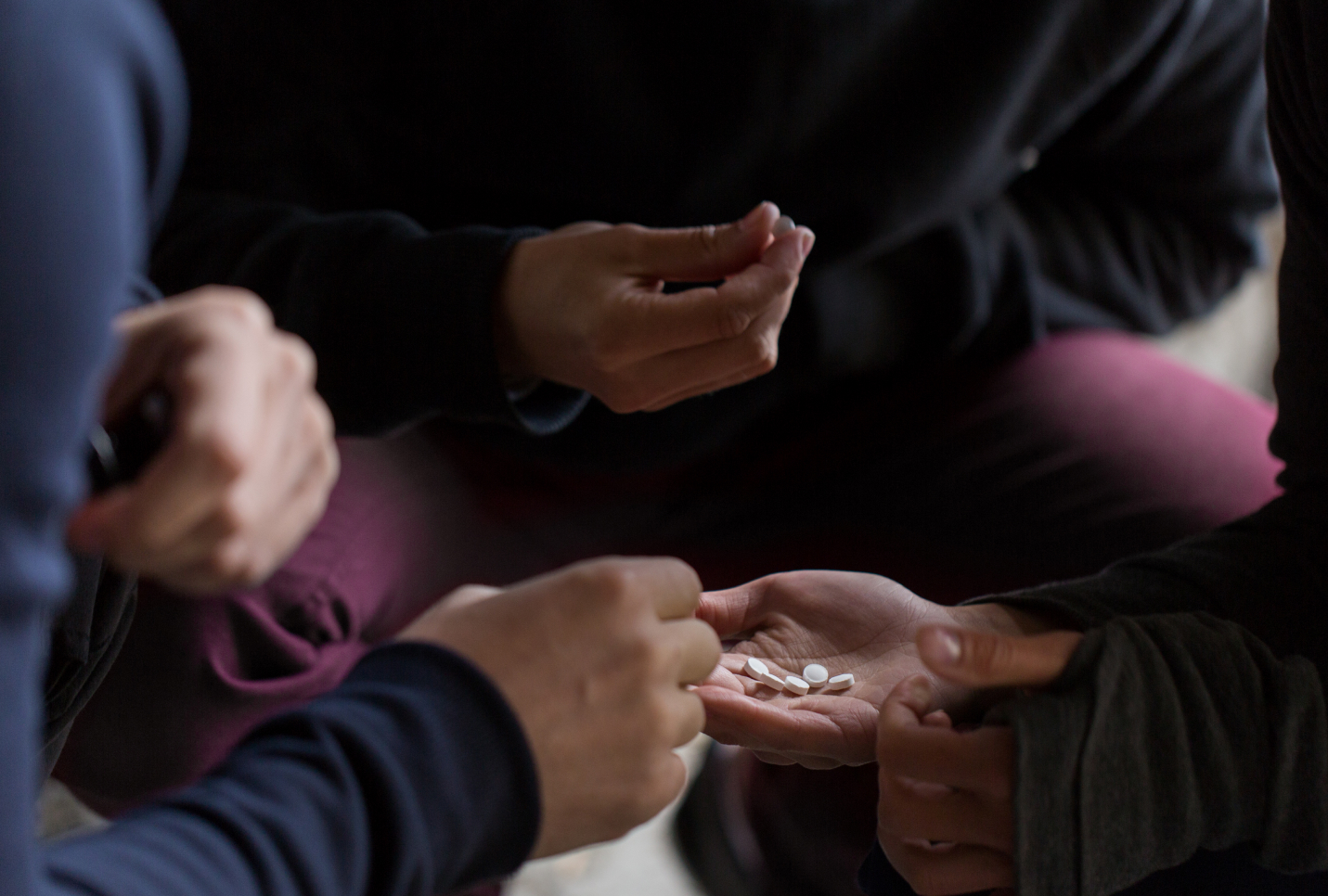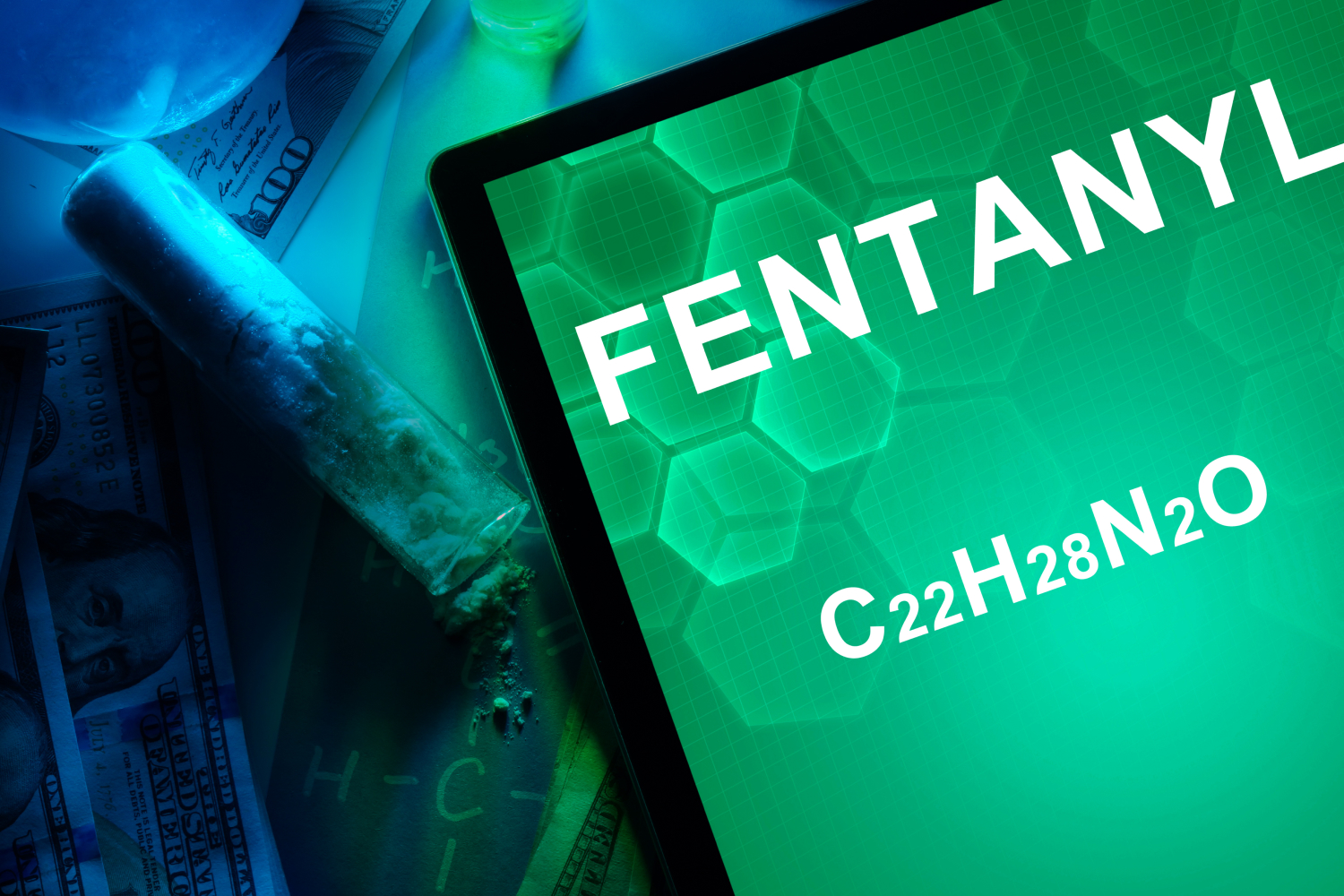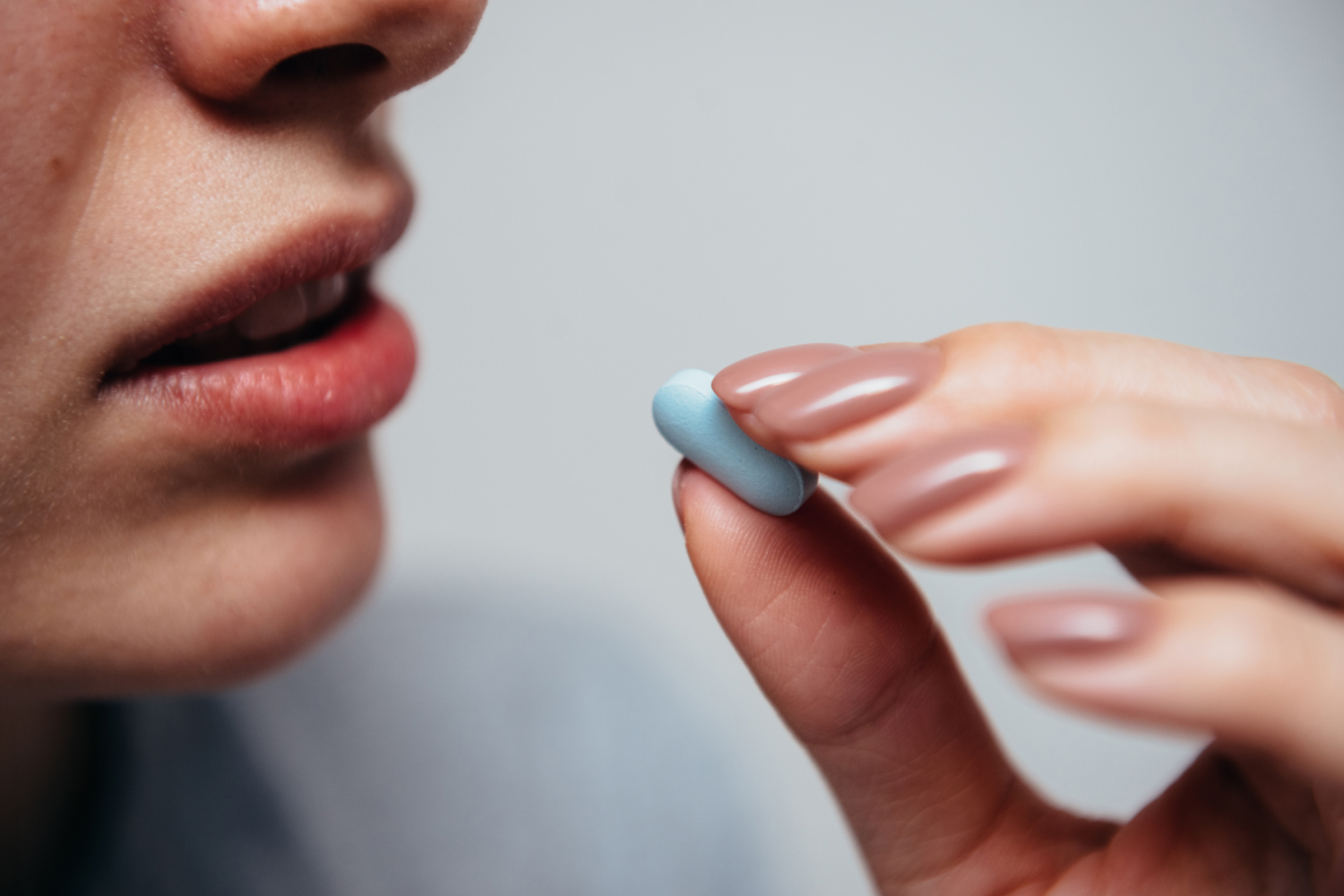If you or a loved one has ever had to endure severe pain due to an injury or surgery, they might have been prescribed Norco. Norco is the brand name for a prescription drug combination used to relieve severe pain.
When pain becomes unbearable, a doctor will usually prescribe a drug that can soothe the discomfort with more pleasurable side effects. Not everyone will be prescribed Norco; it truly depends on the severity of a person’s pain and their history with addiction.
When misused, Norco can become highly addictive and can negatively impact a person’s life. Though it can help with your pain, you don’t want to end up in the vicious cycle of opiate addiction and drug abuse.
To learn more about what Norco is, what it is used for, and what its side effects are, keep reading!
What is Norco?
Norco, similar to Vicodin, is a combination of two drugs: hydrocodone and acetaminophen. These are used to help relieve severe pain.
Hydrocodone is a schedule IIpain reliever that works on opioid receptors, similar to other controlled substances such as codeine, oxycodone, and benzodiazepines such as alprazolam. Hydrocodone will work to alter how your brain feels and reacts to pain, even sending your brain pleasure signals.
Acetaminophen is a non-opioid medication for pain relief and fever. You can find over-the-counteracetaminophen, such as Tylenol, which many use as an alternative to Ibuprofen (Advil).
Both hydrocodone and acetaminophen are analgesics, which are medicines that relieve feelings of pain. However, OTC analgesics and opioid analgesics are subject to different FDA and other regulations pertaining to prescribing and use.
It is given to a person in a capsule, a tablet, or an oral solution, usually in doses such as 5 mg, 7.5 mg, 10 mg, and 15 mg. Like other medications that contain opioids, Norco has the potential to lead to dependence or addiction. If you or someone you know is prescribed Norco, it is important to take the correct dose each time and only for the necessary length of time.
How Do Opioids Work?
Opioids are either natural or synthetically made, but a majority of the opioids that people are prescribed for pain are synthetic. Opioids act on the central nervous system (CNS), binding to receptors in a person’s brain to help reduce pain by blocking it out.
When people use opioids, the good feelings that they get can become highly addicting. The euphoria that opioids can bring is not always easy to experience without the drugs in your system. For people more susceptible to addiction, this can be dangerous.
Trying to stop using opioids when you’ve been misusing them can result in negative side effects, so it’s important to seek help if substance abuse occurs.
What Is Norco Used For?
Norco is usually prescribed to people who have endured an injury, undergone serious surgery, have acute back pain, or suffer chronic pain. It blocks nerve impulses telling you that you are in pain so you don’t feel it while it’s in your system.
The dose you are given depends on your pain levels and should be taken based on your doctor’s orders.
Cough Suppressant/Muscle Relaxant
Another reason that someone might be prescribed Norco is as a muscle relaxant. If someone is dealing with moderate to severe muscle spasms or stiffness, Norco can help relax the muscles and reduce discomfort.
Norco can also work as a cough suppressant because hydrocodone is an antitussive that directly impacts the cough center of the brain.
Side Effects of Norco
The most common side effects of using Norco are constipation, breathing problems such as slowed breathing, respiratory depression, and urinary retention. This can even occur when taking Norco appropriately and changing the dosage once, so it’s important to stick to the appropriate amount.
Sometimes, slow breathing and urinary retention can be a sign that you are having an allergic reaction to the drug, so reach out to your doctor if there are any immediate issues.
Short-Term
If you are not using Norco for a short period of time, there are still short-term side effects that you may experience. Over time you might notice that these adverse effects go away, but new ones will pop up after long-term use.
Some short-term side effects of using Norco that you could encounter are:
- Drowsiness, sedation, tiredness
- Dizziness
- Sleepiness
- Drop in blood pressure and heart rate
- Nausea
- Vomiting
- Lightheadedness
- Constipation
Long-Term
There are long-term effects that might impact you as a result of the habit-forming use of Norco. Even for people that do not abuse the drug, extended use of it could lead to the following long-term side effects:
- Abnormal nervous system function
- Allergic reaction
- Breathing problems
- Bronchospasm (tightening of the muscles that line the airways in your lungs)
- Kidney disease
- Liver disease
- Liver damage
- Irregular heartbeat
- Hearing loss
- Possible head injury
- Life-threatening implications, such as death
If you experience any continuous side effects, you should contact your doctor immediately.
Dangers of Addiction to Norco
Due to the hydrocodone that is in Norco, the combination product has the potential to influence addiction. An addiction can begin if a person using Norco develops a physical dependence on the drug.
Getting help for an addiction to Norco might not happen right away as the person taking them might not even recognize they have an issue with the use of hydrocodone. Sometimes addiction is more obvious to those around the person struggling as the signs of addiction become easier to see.
Some people that develop an addiction to Norco also have co-occurring disorders like depression or bipolar disorder that can influence their chances of addiction.
Signs of Addiction
Before a person struggling can ask for help, they might give away signs of their addiction. When someone is dealing with addiction, their mental health, physical health, and behavior begin to change drastically.
Mental Health:
- Poor judgment and decision making
- Impaired memory
- A decline in mental health, i.e. more anxiety, severe depression
- Inability to focus or concentrate
Physical Health:
- Poor coordination and balance
- Sleep disturbances
- Drowsiness
- Slurred Speech
- The yellowness of skin or eyes
- Changes in appetite
Behavioral Changes:
- Lying or trying to deceive
- Using Norco even though they’re no longer prescribed it
- Using the drug despite the negative side effects
- Borrowing or stealing Norco from other people
- Changing their friend group
- Spending less time with family and friends
- Change in personality
- Asking for money to get more Norco
Norco Withdrawal and Overdose
When someone has become dependent on Norco, trying to quit without tapering off on your prescription can cause an adverse reaction. You may suffer from withdrawal symptoms that lead you to using again or even an opioid overdose due to using high doses of Norco.
When a person overdoses from Norco, they might have symptoms like the following. If you notice that someone is experiencing one of these symptoms, seek professional medical help as soon as possible:
- Seizures
- Losing consciousness
- Disorientation
- Slurred speech
- Clammy skin that is cold to the touch
- A blue tint near their fingertips
- Labored or shallow breathing
Withdrawal from Norco can happen slowly, getting worse before it can get better. Quitting any drug cold-turkey can be extremely difficult and dangerous, so it’s recommended that you wean yourself off of drugs and under medical supervision. When someone is dependent on a drug like Norco, it can feel like something is missing when they stop using it. The brain is unable to function properly without the drug in its system blocking the pain signals.
Signs that someone is suffering from withdrawal of Norco are:
- Excessive sweating
- Irritability
- Fever
- Nausea and vomiting
- Abdominal cramping and diarrhea
- Muscle and bone pain
- Dilated pupils
Seeking help to go through the withdrawal process safely can expand your odds of a successful recovery. Trying to detox your body by yourself doesn’t always go as planned, and getting help is always a good idea.
Get Help With Soba Recovery
Using Norco doesn’t have to lead to addiction, but when it does, seeking treatment to overcome it can give you the best results. You don’t want to go through the withdrawal process alone, and you don’t have to!
With Soba Recovery Centers in San Antonio, Texas, you can receive 24/7 care while you overcome your addiction and work toward recovery. Here at the Soba Recovery Center, our addiction specialists will develop a personalized plan.
They will guide you through the detoxification process, start you with inpatient care, implement both group therapy and individual therapy along with medication if needed, and work with you on your own time.
To see results, you have to get to the bottom of where your addiction is coming from. Reach out to a Soba representative today to learn more about what we can offer you during your addiction recovery journey.
Sources:
Hydrocodone and Acetaminophen | NCBI Bookshelf
Bronchospasm And Its Biophysical Basis In Airway Smooth Muscle | NCBI
The Neurobiology of Opioid Dependence: Implications for Treatment | NCBI

